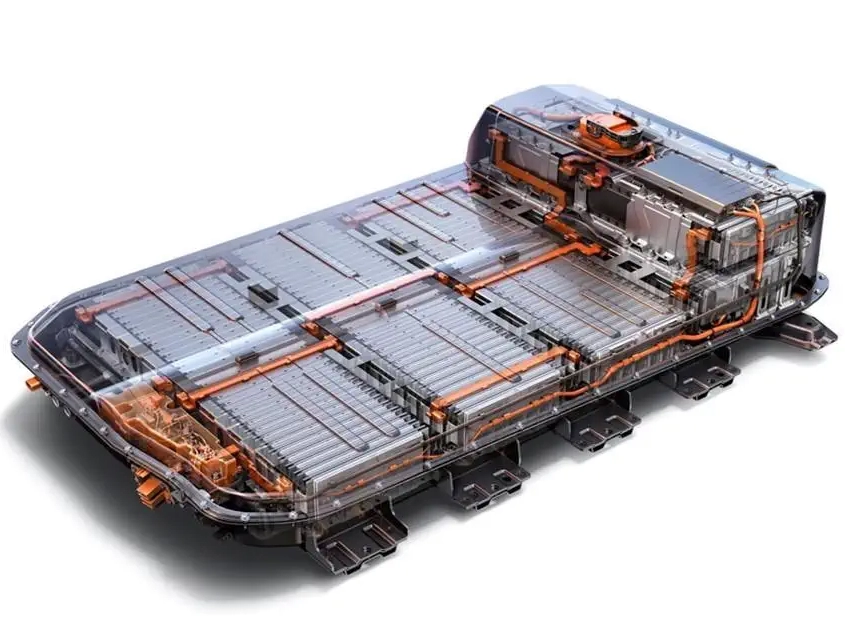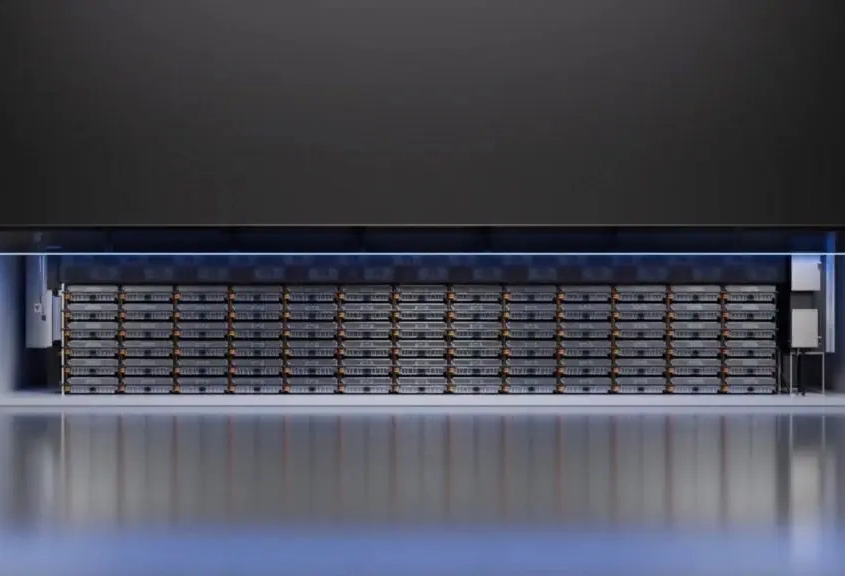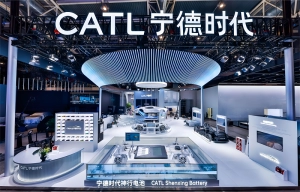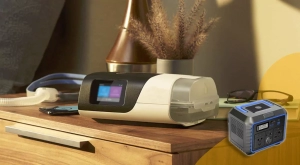More Products
Table of Contents
LiFePO4 vs. Ternary Li: Best Battery Choice?
We have been hearing a lot about lithium iron phosphate batteries lately, and to some extent, they correspond to ternary lithium batteries, which are currently the two most mainstream battery types. Ternary lithium batteries work well, so why use two different types of batteries in the same car? What is the difference between lithium iron phosphate batteries and ternary lithium batteries for us?1. Comparing LiFePO4 and. Ternary Li Batteries
In fact, it's not just the Xpeng P7; a more well-known example is the Tesla Model 3, which also uses lithium iron phosphate batteries in its standard range version. The main reason for this is, of course, cost considerations, which enable the entry-level version of the Model 3 to be priced even lower.Due to their low material cost and stable, safe structure, many early electric vehicles used lithium iron phosphate batteries, which is one of their biggest advantages. However, with the development of the electric vehicle industry, battery technology has been greatly influenced by industry subsidy policies, with the core factors being pure electric range and battery energy density. As a result, more and more electric vehicles have started to adopt ternary lithium batteries with higher energy density.Here, the names of the two batteries actually refer to the positive electrode materials of their battery cells. Lithium iron phosphate batteries naturally use lithium iron phosphate (LiFePO4), while the ternary materials in ternary lithium batteries refer to the combination of nickel (Ni), cobalt (Co), manganese (Mn), or aluminum (Al) (commonly known as NCM or NCA), with different proportions of the three (e.g., "523", "811") set according to the needs of the vehicle, giving the battery different focuses.To be more specific, nickel in ternary lithium batteries can increase the reversible capacity of the material and improve the energy density of the battery, which is mainly responsible for increasing battery capacity and vehicle range. Cobalt can enhance lithium-ion deintercalation, increasing the charging and discharging speed of the battery and thus improving charging efficiency. The role of manganese or aluminum is mainly to enhance the safety and stability of the battery. Therefore, the combination of the three materials can significantly increase battery energy density, allowing the same volume of battery to have a higher capacity, making it more favored under policy support.But at the same time, the relatively reactive chemical properties of nickel make ternary lithium batteries unable to withstand high temperatures, and the binding of oxygen elements is relatively low. As a result, we have seen a number of cases where electric vehicles using ternary lithium batteries caught fire and burned spontaneously, causing many people to worry about the safety of electric vehicles.On this point, lithium iron phosphate batteries, due to their stable internal structure, are less prone to decomposition at higher temperatures. They not only have a strong resistance to high temperatures and overcharging but can also better cope with collisions, short circuits, and other situations, with a relatively lower probability of spontaneous combustion. However, their weakness lies in low-temperature environments, where the relatively stable structure further reduces the diffusion speed of lithium ions, resulting in a significant impact on the electrochemical activity of the battery in cold weather. This leads to a substantial decrease in range during winter, as we have seen in the news about Tesla owners seeking compensation.
2. Distinct Applications of LiFePO4 and. Ternary Li Batteries
So, after getting a general understanding of lithium iron phosphate batteries and ternary lithium batteries, we can find that both types of batteries have their pros and cons, as well as different application scenarios. Let's first briefly summarize them.Summarize lithium iron phosphate and ternary lithium batteries:
| Advantages | Disadvantages | |||||||||||||||||||
| LiFePO4 Battery | Lower Price; Safe & Reliable; Long life of charge and discharge cycle | The upper limit of energy density is low; The low temperature performance is poor | ||||||||||||||||||
| Ternary lithium battery | Good low temperature performance; High energy density; High charging and discharging efficiency | High cost; High temperature resistance is relatively poor | ||||||||||||||||||
Compare lithium iron phosphate batteries and ternary lithium batteries:
| Energy density | Temperature characteristic | Cost | Lifesoan | Safe | |||||
| LiFePO4 Battery | Low | Poor Performance of low temperature | Low | Long | bettery | ||||
| Ternary lithium battery | High | High temperature decomposition | High | Ordinary | Ordinary | ||||





















